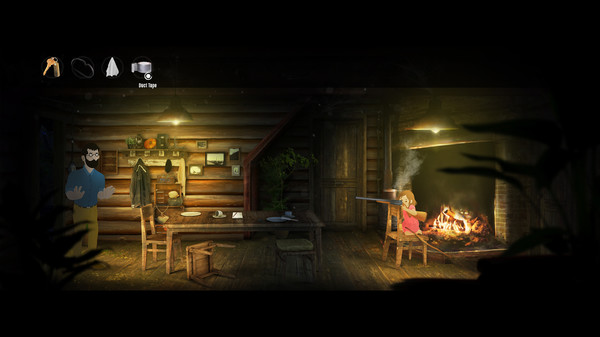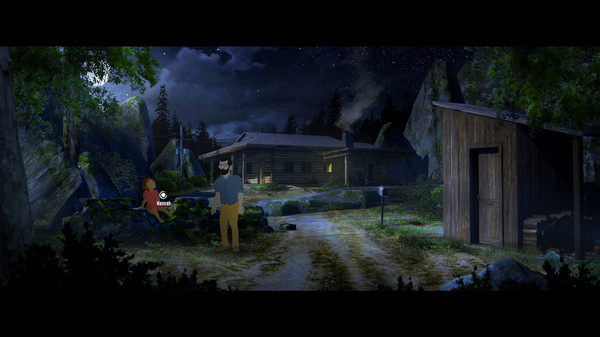Talking Adventure Games with Mark Yohalem
As a game design hobbyist, Mark Yohalem has worked both on his own projects and as an offsite senior or lead writer for BioWare, inXile Entertainment, TimeGate Studios, S2 Games, Nikitova Games, and Affinix Software. As co-founder of
Wormwood Studios with two friends (artist Victor Pflug and programmer James Spanos) in 2010, he developed
Primordia, a classical point-and-click adventure game that has sold about a quarter million copies and was, for years, the highest-rated adventure game on Steam. The same trio is currently working on
Strangeland, another adventure game. Mark is also developing
Fallen Gods, a role-playing game inspired by the Icelandic sagas and folklore, the board game
Barbarian Prince, and game books like
Lone Wolf. By profession, Mark is an attorney. In 2018, he was recognized in the
Daily Journal as one of the top 40 lawyers under the age of 40 in California.
This interview features conversation about the aesthetics of point-and-click adventure games, classic and modern adventure games, game writing and design, and ways in which stories connect with both learning and play.
Jeffery Klaehn: [Imagine] you’re addressing an audience comprised primarily of non-gamers, and your talk is entitled, “The aesthetics of classic point-and-click adventure games.” You begin …
Mark Yohalem: The wonder of the classics is that they don’t just let us hear the voice of the past, they also allow us to listen with the ears of the past. We commune not only with those who created the art but also those who consumed it -- not just Beethoven but Beethoven’s audience. Given my strong bent toward humanism, the capacity to hear with another’s ears, to taste with another’s tastes, as it were, is very important. With classic adventure games, they are so great that we can enjoy them even with our own tastes, of course. (They may not be “timeless,” but they are enduring enough to retain a rich and palatable flavor after a couple of decades.) That means we can enter the past, and the perspective of the past, very easily through these works.
JK: A section of your talk is devoted to classic point-and-click adventure games, and to the question of what elements combined to make your own personal favorite games so successful, in your view …
Mark Yohalem: The transcendent moment of an adventure game is when you solve a difficult puzzle and realize that your mind and the designer’s mind, idiosyncratic as they both are, nevertheless aligned on this matter. (To give an example from interactive fiction, the moment when the player realizes in Andrew Plotkin’s
Shade that he wants
more sand, not less; there’s an even better moment in Plotkin’s
Spider & Web.) With classic point-and-click adventures, that harmony is often coupled with beautiful artwork, a clever setting, and an outsider/trickster protagonist who solves his problems through wits and wiles rather than brute force. Probably my favorite adventure games are the ones where I formed a connection to the designer and the protagonist alike, while also experiencing a state of awe at the artistry of the game.
Quest for Glory,
Monkey Island 2, and
Loom are examples of that. I’ve had the joy of watching my daughters form similar connections with, for example,
Pajama Sam,
Loom, and
Primordia itself.
JK: And in moving to modern point-and-click adventure games, you communicate that …
Mark Yohalem: I worry that modern adventures have treated puzzles as a nuisance rather than an integral feature -- like pillars in a parking garage, “They’re in the way!” but it turns out they are actually supporting the whole edifice. Knock them all down, and the collapsed structure no longer serves its purpose. So I think you need puzzles. The trick is to make such supports beautiful, like flying buttresses or Corinthian columns, rather than ugly and obtrusive, like garage pillars. But because puzzle design is a hard and unusual craft (not one I’m particularly great at myself), and stories are something we create and consume every day, it’s easier to just tell stories and never develop the necessary skills. But I don’t think you can build a proper adventure game that way.
JK: Transitioning back to normal interview mode … Mark, how do you view digital games as serving broader public education functions?
Mark Yohalem: To speak from my own experience as a developer,
Primordia is a small game, with no marketing, made by a team of three (plus a composer and voice actors). A quarter million people bought it (and presumably many more pirated it), and they
embodied the character of Horatio. There is significant evidence that acting out a role inculcates values even if we know we’re just acting. So this little hobby project wound up reaching and teaching orders of magnitude more people than I’ve had in my classes at prisons, test prep academies, colleges and law schools, and professional training venues. Imagine the impact of really big games, like
Call of Duty or
Stardew Valley. We can glibly say “it’s just a game,” but play is how mammals learn norms and behaviors.
Of course, the most important thing as a game designer is no doubt to make a game fun and rewarding, but I myself find it hard not to think about the lessons we’re imparting. So I like that adventure games tend to model resourcefulness, resilience, creativity, and non-violence (along with, I suppose, kleptomania and hoarding). And even aside from “larger lessons,” if nothing else we are teaching the audience
how to play games, which is why I think it’s important to provide challenge, agency, and interaction -- otherwise you are training players away from the unique aspects of gaming and toward expectations that can be better satisfied with movies, books, comics, etc.
JK: Does your approach to storytelling change, depending upon genre?
Mark Yohalem: Most of the game writing I’ve done has been for role-playing games (
Dragon Age: Origins,
Torment: Tides of Numenera,
Infinity, and my own projects) or strategy games (
Kohan II,
Axis & Allies,
Warlords IV, and a couple other failed efforts). I would say that the three major differences are the medium, the verbs, and the scale.
The “medium” here means the primary mechanism by which story is conveyed to the player. In strategy games, it’s the mission briefing and -- to a lesser degree -- cutscenes, with some flavor via the descriptions for units and structures and their responsive “quips.” What’s significant is that these are almost always uninteractive. You might also tell some story within a given mission, but that, too, is typically passive. Because it’s passive, it needs to be short and melodramatic to hold the player’s interest. In RPGs, the primary medium is branching dialogue (at least in the “narrative” RPG subgenre characterized by Black Isle Studios, Bioware, inXile, etc.), which goes on at great length, allowing for a lot more subtlety. The key to that dialogue is its responsiveness -- the player needs to control the dialogue and feel like his choices matter. In adventure games, you have some branching dialogue, but I’d actually say that the protagonist’s
monologue, often delivered in quips in response to examining or interacting with the world, that’s most important. These quips need to be pithy (or they derail gameplay) and perhaps a bit humorous to leaven the frustration of puzzle-solving.
The “verbs” are the means by which the player can act within the game world. The game’s story should be driven by the player’s verbs -- otherwise, the player becomes a passive participant. In a strategy game, you act by building and destroying structures and armies. So the story needs to be driven by warfare. If the story is about romance and introspection, it will (in my opinion) fail to mesh well with the gameplay. That’s why I like
Starcraft’s story much more than
Warcraft III’s. In an RPG, the verbs are typically killing, looting, leveling, and talking. The story needs to be about a protagonist who grows more powerful, and who has occasion and reason to kill thousands of foes and gather hundreds of items. In an adventure game, the verbs are item collecting, item combining, and interacting with the environment. So the story needs to be about how
those actions -- not gathering armies or killing enemies -- is necessary to overcome the antagonist. If you make an adventure game where the story is principally about the protagonist killing bad guys, it will (in my opinion) feel absurd when, during the gameplay, you have to trick your way past a concierge or trade one knick-knack for another.
The “scale” sort of fits with the verbs, but not entirely -- it refers to how large the game’s world is, how large the ensemble of protagonists is, etc. In a typical adventure game, a single character does most of the action, so you need a story about a loner confronting a problem that can be dealt with alone (more or less). The scale of the stage is smaller too -- even in adventure games where you globetrot, the focus is on a few densely rendered rooms or areas, not vast forests or cities (this is true even of
Quest for Glory). In a typical RPG, you gather a party of helpers -- but not an
army of helpers, and you explore on more of a town scale. In a typical strategy game, you have an army and you “explore” on a territorial scale. These scales, like the verbs, call for different kinds of characters, challenges, etc.
Ultimately, when game-narrative fits game-play, the narrative gets a huge boost. That’s why a game like
Super Metroid, which has basically no story, actually feels like it has a compelling narrative -- what narrative there is meshes perfectly with how you
play. When a game narrative doesn’t tie to the gameplay, it feels awkward and artificial, at least to me, like arcade game cutscenes.
JK: How do games encourage a sense of connection between the player and a game’s story and characters?
Mark Yohalem: The story should be driven by the protagonist’s actions, and those actions should be consistent with the “verbs” the player is able to do while playing. When that happens, the player feels embedded in the story.
JK: Why play adventure games, in your view?
Mark Yohalem: There once was a boy who played
Loom, and he became so enthralled that he swore, “Someday, I want to make a game like that.” And he spent decades dreaming and laboring under that spell. Of course, not everyone is susceptible to the same sorcery, but why not see if it works on you? Like hypnosis, it requires willingness and a certain collaboration with the mesmerist -- so if you’re repulsed by adventure games, there’s no sense bothering. But if not… we’ve drained so much magic out of the world, it’s worth chasing what’s still there.













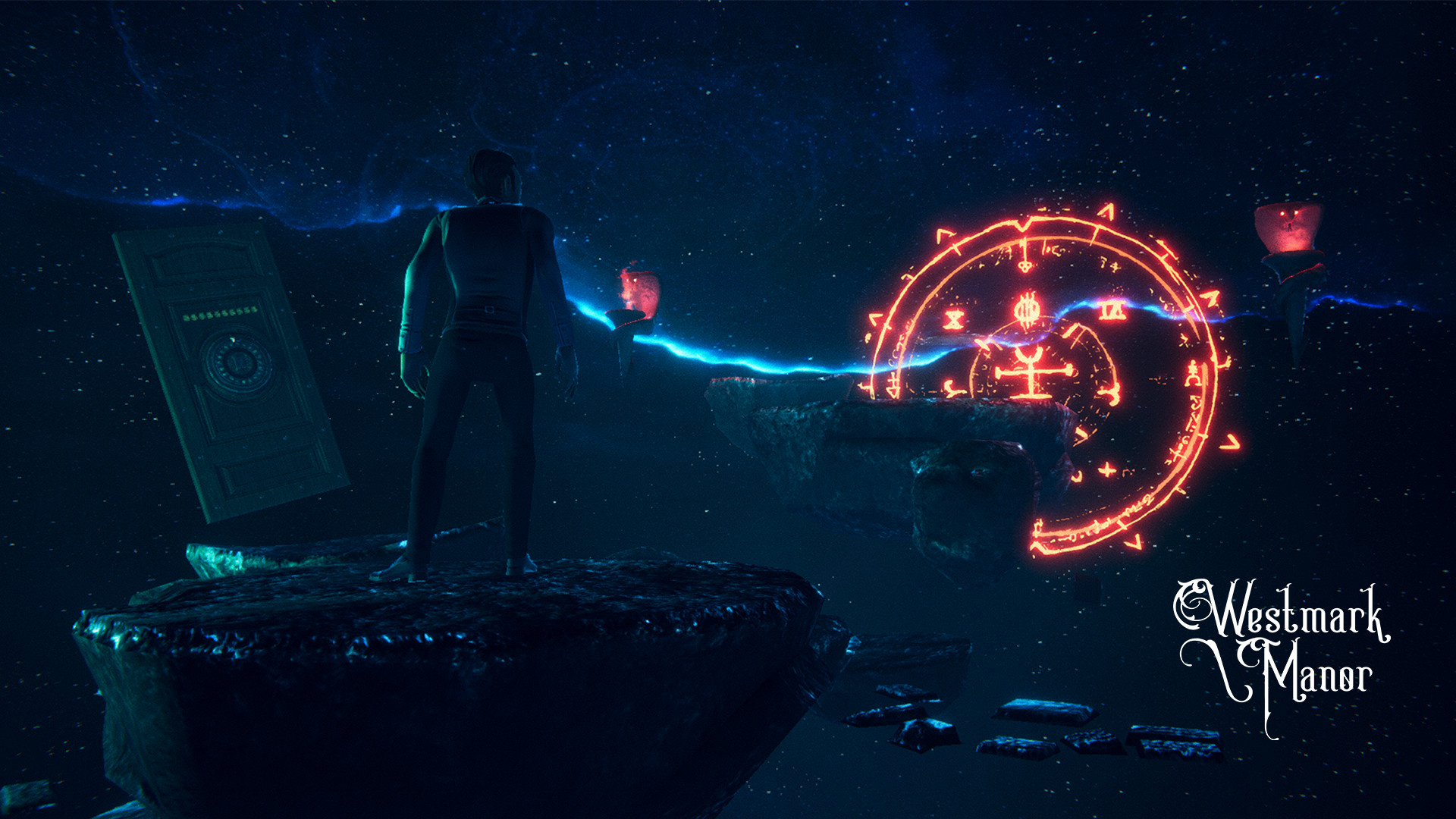
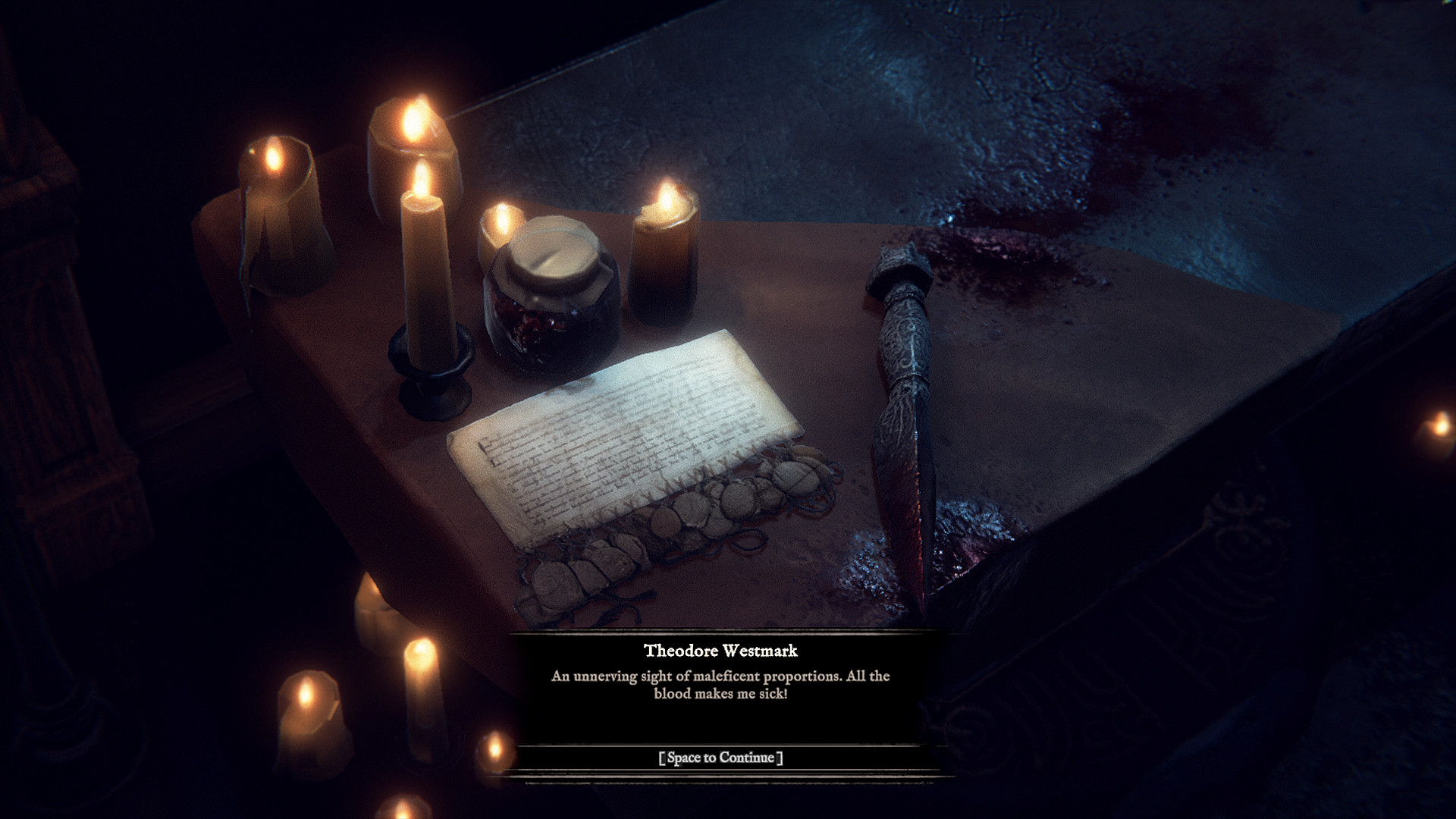
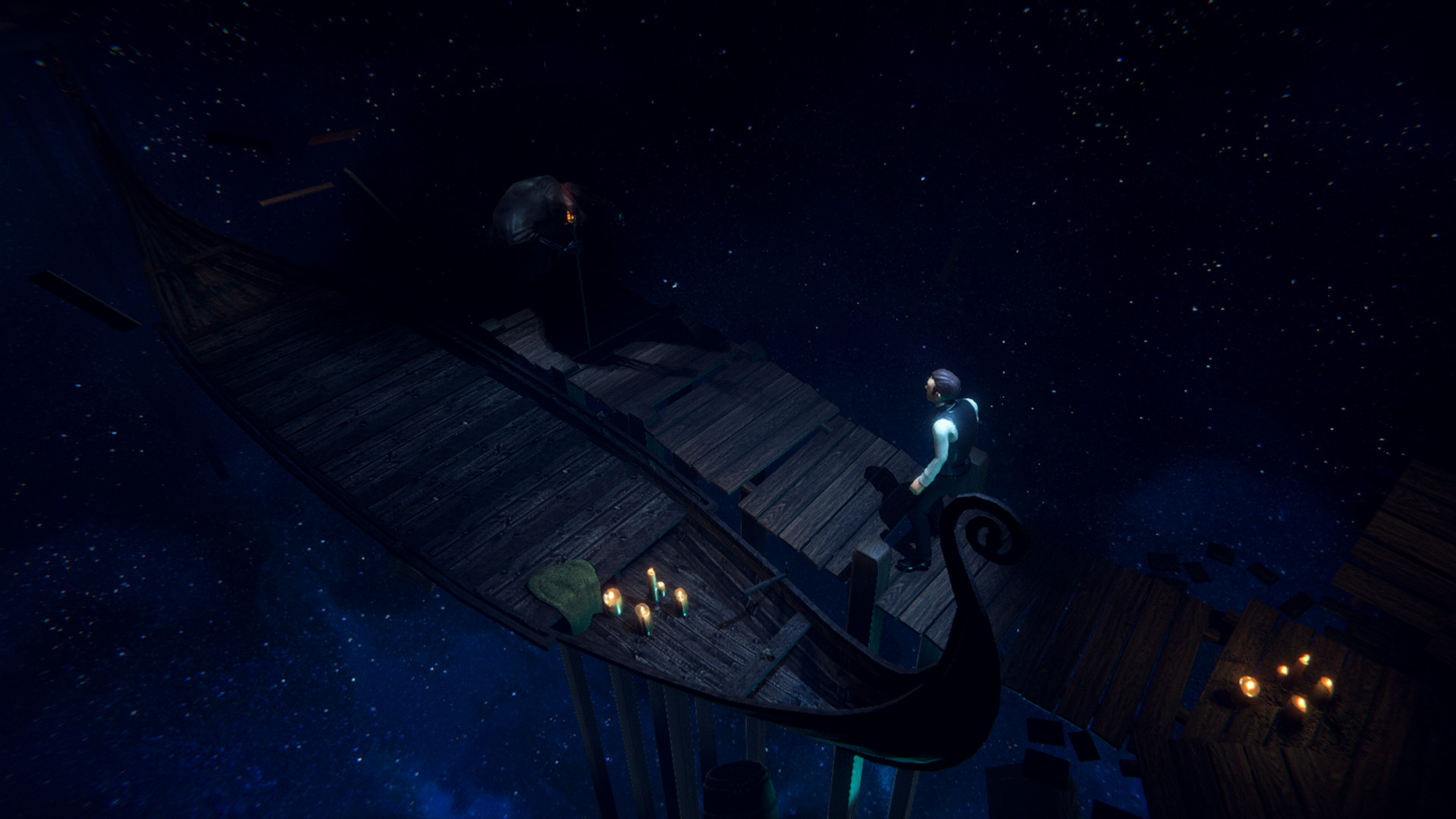














![The Year of Incline [2014] Codex 2014](/forums/smiles/campaign_tags/campaign_incline2014.png)
